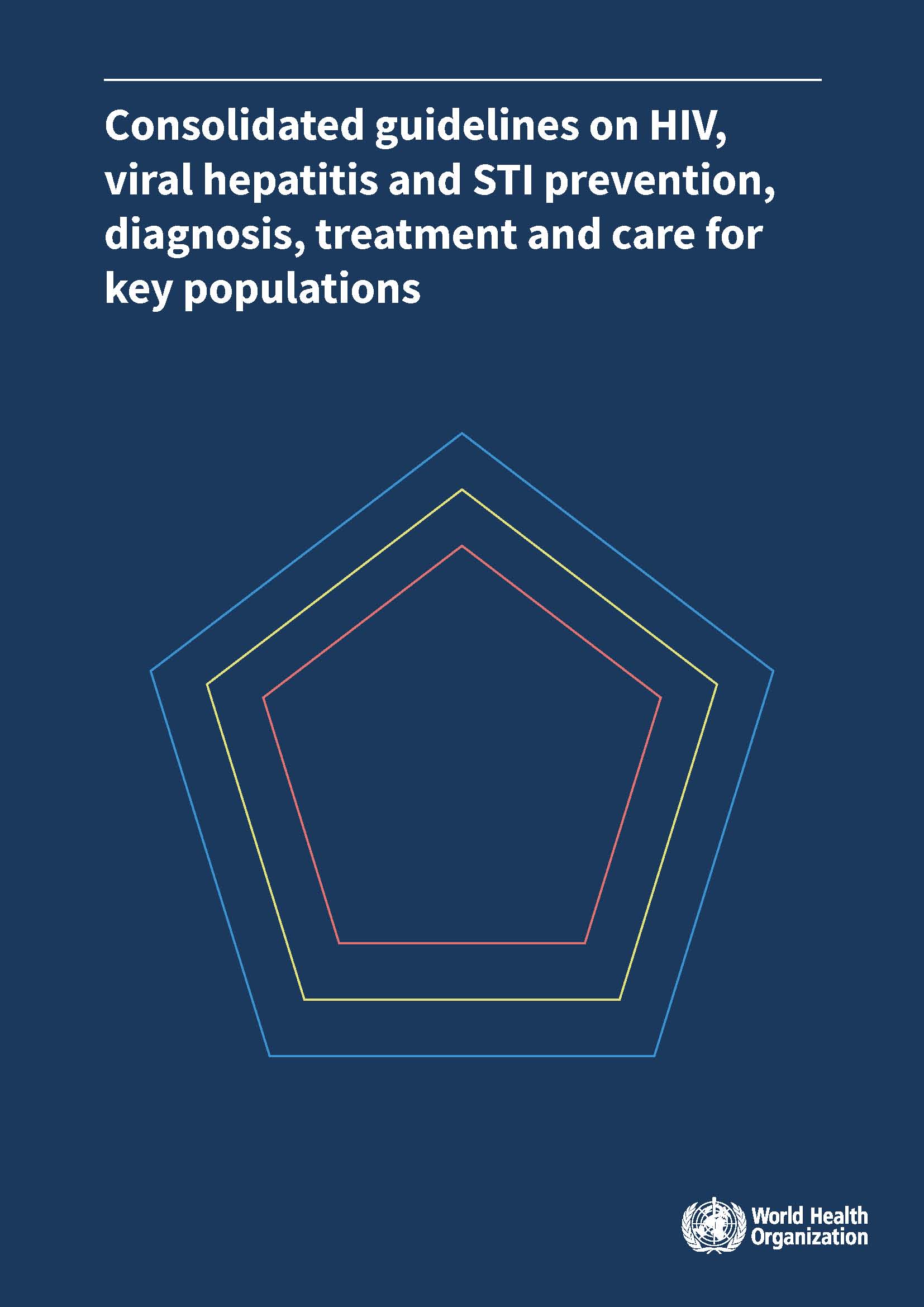Global Search
These guidelines outline a public health response to HIV, viral hepatitis and sexually transmitted infections (STIs) for five key populations: men who have sex with men, trans and gender-diverse people, sex workers, people who inject drugs and people in prisons and other closed settings. The guidelines provide new recommendations and consolidate a range of current guidance from the World Health Organization. Particularly for key populations, social, legal, structural and other contextual factors both increase vulnerability to HIV, viral hepatitis and STIs and obstruct access to health and other essential services. These guidelines highlight the critical importance of addressing structural barriers in all settings as a priority. In most countries, inadequate coverage and poor quality of services for key populations continue to undermine responses to HIV, viral hepatitis and STIs. All countries should prioritise reaching key populations and supporting key population communities to lead the response and provide equitable, accessible and acceptable services to these groups.
